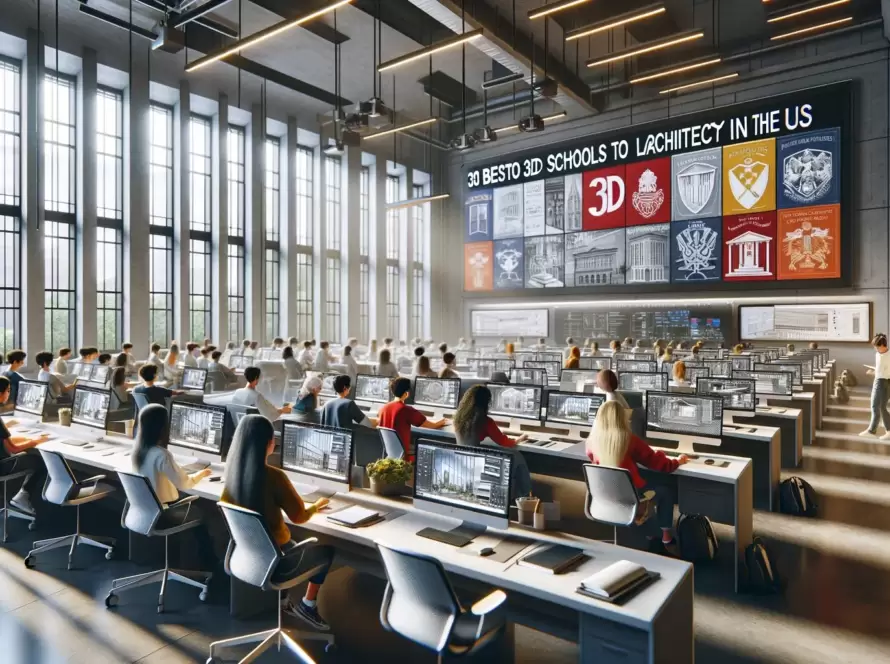
Table of Contents
- Introduction:
- AI: The New Frontier in Exterior Design
- Predictive Analytics: Foreseeing Design Trends
- Sustainable Design Solutions:
- Enhancing Aesthetic Appeal with AI:
- Personalized Design Experiences:
- Streamlining the Design Process:
- Improving Safety and Compliance:
- Revolutionizing Material Selection:
- Future Prospects: AI in Exterior Design
- Conclusion: Embracing the AI Revolution
Introduction:
In the dynamic world of design, artificial intelligence (AI) is revolutionizing exterior architecture. The integration of AI in exterior design is not only reshaping our understanding of aesthetics and functionality but also pushing the boundaries of what is possible. This blog explores the groundbreaking innovations AI brings to exterior design, from predictive analytics to sustainable solutions.
AI: The New Frontier in Exterior Design
AI’s role in exterior design is a testament to the fusion of technology and creativity. By leveraging machine learning algorithms and advanced data analytics, AI is transforming how designers conceptualize and execute exterior spaces. This transformation is driven by the need for more efficient, sustainable, and aesthetically pleasing design solutions.
AI’s ability to analyze vast datasets enables designers to predict trends and preferences accurately. This predictive capability allows for more personalized and contextually relevant designs, enhancing the user experience and satisfaction.
Predictive Analytics: Foreseeing Design Trends
One of the most significant contributions of AI in exterior design is its predictive analytics capabilities. By analyzing historical data and current trends, AI can forecast future design preferences and styles. This foresight helps designers stay ahead of the curve and create timeless designs that resonate with clients.
Moreover, predictive analytics can optimize resource allocation, ensuring that materials and labor are used efficiently. This not only reduces costs but also minimizes waste, contributing to more sustainable design practices.
Sustainable Design Solutions:
Sustainability is at the heart of modern exterior design, and AI plays a crucial role in advancing these efforts. AI-driven design tools can assess environmental impact, optimize energy consumption, and suggest eco-friendly materials. These insights are invaluable for creating designs that are not only beautiful but also environmentally responsible.
Furthermore, AI can simulate the long-term effects of design choices, allowing designers to make informed decisions that enhance the sustainability of their projects. This holistic approach ensures that every aspect of the design contributes to a greener future.
Enhancing Aesthetic Appeal with AI:
Aesthetic appeal is a fundamental aspect of exterior design, and AI is elevating it to new heights. Through generative design, AI can create innovative and unique design elements that push the boundaries of creativity. These AI-generated designs often blend traditional aesthetics with modern sensibilities, resulting in visually stunning exteriors.
Additionally, AI can analyze and enhance the visual harmony of a design by considering factors such as color schemes, textures, and spatial arrangements. This analytical precision ensures that every element of the design works together cohesively.
Personalized Design Experiences:
Personalization is a growing trend in design, and AI is at the forefront of this movement. AI-powered design tools can analyze individual preferences and lifestyle data to create highly personalized exterior designs. This level of customization ensures that each design is tailored to the unique needs and tastes of the client.
Moreover, AI can facilitate virtual reality (VR) experiences that allow clients to visualize and interact with their designs before construction begins. This immersive experience enhances client satisfaction and provides valuable feedback for designers.
Streamlining the Design Process:
Efficiency is crucial in the fast-paced world of exterior design, and AI is streamlining the entire design process. From initial concept development to final execution, AI-powered tools automate repetitive tasks, freeing up designers to focus on creativity and innovation. This automation significantly reduces the time and effort required to complete projects.
Furthermore, AI can enhance collaboration by providing real-time data and insights to all stakeholders. This ensures that everyone involved in the project is on the same page, leading to smoother workflows and better outcomes.


Improving Safety and Compliance:
Safety and regulatory compliance are critical considerations in exterior design, and AI is making significant strides in this area. AI-driven tools can analyze building codes, safety regulations, and environmental standards to ensure that designs meet all necessary requirements. This reduces the risk of costly mistakes and delays.
Additionally, AI can simulate various scenarios to identify potential safety hazards and suggest mitigations. This proactive approach enhances the safety and reliability of the final design, providing peace of mind for clients and designers alike.
Revolutionizing Material Selection:
Material selection is a key component of exterior design, and AI is revolutionizing this process. AI algorithms can analyze the properties of different materials and suggest the best options based on factors such as durability, cost, and environmental impact. This ensures that the chosen materials align with the project’s goals and constraints.
Moreover, AI can predict the long-term performance of materials, helping designers make informed decisions that enhance the longevity and sustainability of their projects. This predictive capability is particularly valuable in creating designs that withstand the test of time.
Future Prospects: AI in Exterior Design
The future of exterior design is undoubtedly intertwined with the advancements in AI technology. As AI continues to evolve, we can expect even more innovative and efficient design solutions. Emerging technologies such as AI-powered drones and robots are poised to further revolutionize the field by automating construction and maintenance tasks.
Furthermore, the integration of AI with other cutting-edge technologies such as augmented reality (AR) and the Internet of Things (IoT) will open up new possibilities for interactive and intelligent design solutions. These advancements will not only enhance the aesthetic and functional aspects of exterior design but also create more sustainable and resilient environments.
Conclusion: Embracing the AI Revolution
In conclusion, AI is transforming exterior design in profound ways. From predictive analytics and sustainability to personalized experiences and streamlined processes, AI is pushing the boundaries of what is possible in design. As we embrace these innovations, the future of exterior design looks brighter and more exciting than ever.
By leveraging the power of AI, designers can create more efficient, sustainable, and aesthetically pleasing exteriors that meet the evolving needs and preferences of clients. The AI revolution in exterior design is just beginning, and the possibilities are limitless.


